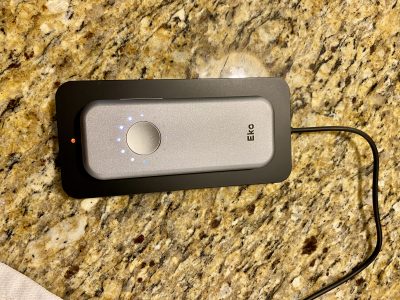This was sent last week to Texas docs, a warning to be on the lookout for another listeriosis outbreak (not a Listerene outbreak, which would be a good thing).
The Texas Department of Health (TDH) has received reports of listeriosis cases that occurred recently in residents of four counties in South Texas, North Texas, and the Texas Gulf Coast. The five cases had illness onset dates in February, April, and May of this year. Genetic analyses of isolates from three of the patients indicate identical strains of Listeria monocytogenes for two patients and a similar strain for the third patient. The infections have resulted in one adult death, one fetal miscarriage, one premature delivery, and two other serious illnesses. Consumption of queso fresco within the incubation period for listeriosis was reported in four of the five cases; the source(s) of these cheeses is not yet known.
In addition, the Centers for Disease Control and Prevention (CDC) has received reports of recent listeriosis cases in four other states. Two of these cases had the identical or nearly identical strain of L. monocytogenes as the two identical strain cases in Texas; one of the patients with an as-yet unidentified genetic strain of L. monocytogenes reported consumption of queso fresco.
I had no idea what “queso fresco” was, and there’s no explanation in the advisory. Fortunately, the Food Dictionary does know:
queso fresco
[KAY-soh FRAY-skoh]
A white, slightly salty, fresh Mexican cheese with a texture similar to that of FARMER CHEESE. Queso fresco is available in cottage cheese-style tubs in Latin markets and many supermarkets. Also called queso blanco.
So, throw out your queso fresco, and get some new cheese. And some Listerene, too.



